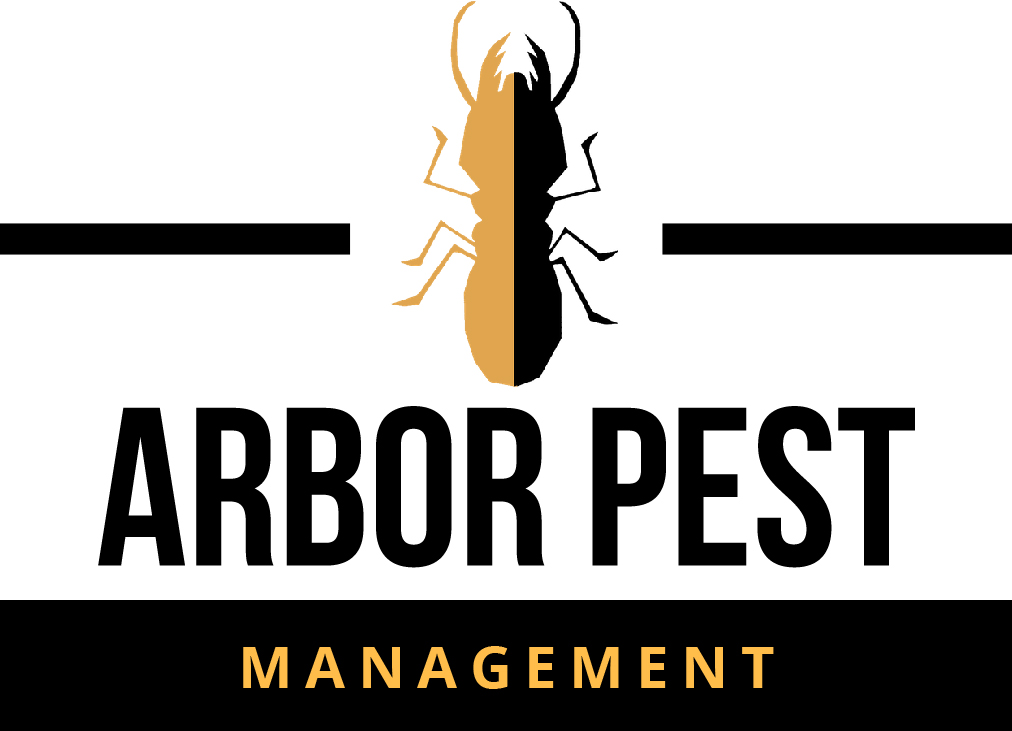Mosquito And Tick Diseases Triple In 12 Years
If it seems like every time you turn around there's a new warning about a brand-new disease being spread by mosquitoes. It's true. www.cdc.gov/media/releases/2018/p0501-vs-vector-borne.html CDC, the Centers for Disease Control, has just released a report detailing reported illnesses from ticks and mosquitoes in the years from 2004 to 2016 in the U.S. and its territories. Amazingly, the number of annual cases of disease more than tripled during that time from 27,388 in 2004 to more than 96,000 reported in 2016. It's assumed that the number of actual cases was much higher still since so many are not properly diagnosed. For example, recent data suggests that Lyme disease affects about 300,000 Americans each year. That is 8 to 10 times the number reported to CDC. It's also possible that over the 12-year period, people and their physicians became more aware. Why the Big Jump in the Number of Diseases?
- Mosquitoes and ticks and the diseases they carry are more common than ever and more mobile. International, and even national, travel carries the vectors themselves or individuals infected with a disease into new areas.
- There is a lack of vaccines and even treatments for new diseases. During the 12-year period, nine brand new disease organisms spread by the bites of mosquitoes or ticks were discovered or introduced into the U.S. The study included data on 16 different insect transmitted diseases.
- The warmer temperatures resulting from climate changes allow insect vectors to survive winters and be ineffective for a longer season. Insects also can move into more northern regions where previously they couldn't survive. Hot spells trigger outbreaks and warmer temperatures increase the amount of virus transmitted by a mosquito's bite.
- For ticks, the number of deer hosts that are part of the disease cycle have increased thanks to suburban reforestation. Likewise, predators that kept smaller host animals such as mice and birds in check have decreased. These secondary hosts that are crucial to the disease cycle are difficult to find, treat, or eliminate.
- The local and state health departments and mosquito control agencies that bear the primary responsibility for responding to disease outbreaks are underfunded and can't keep up with the increased need.



